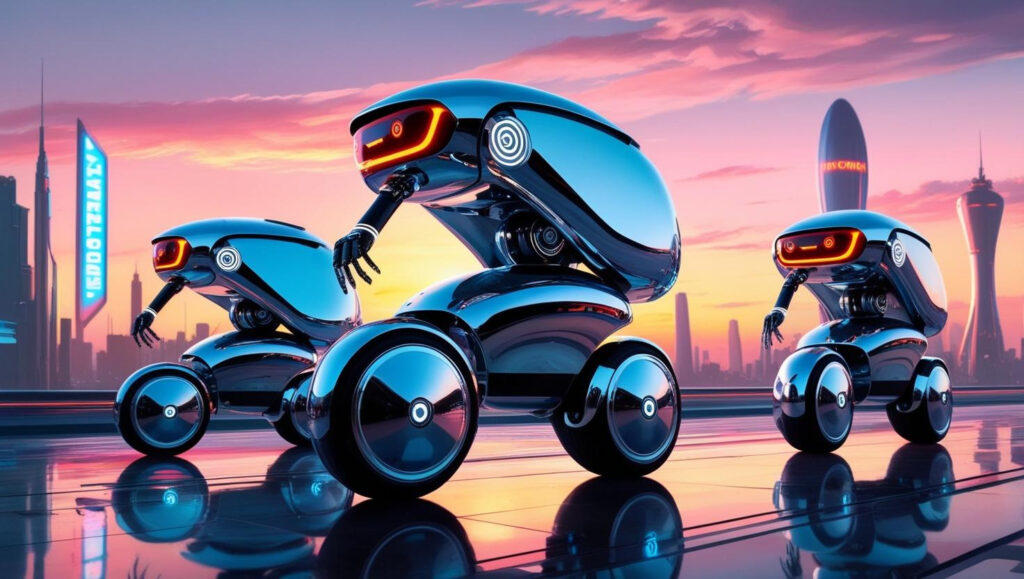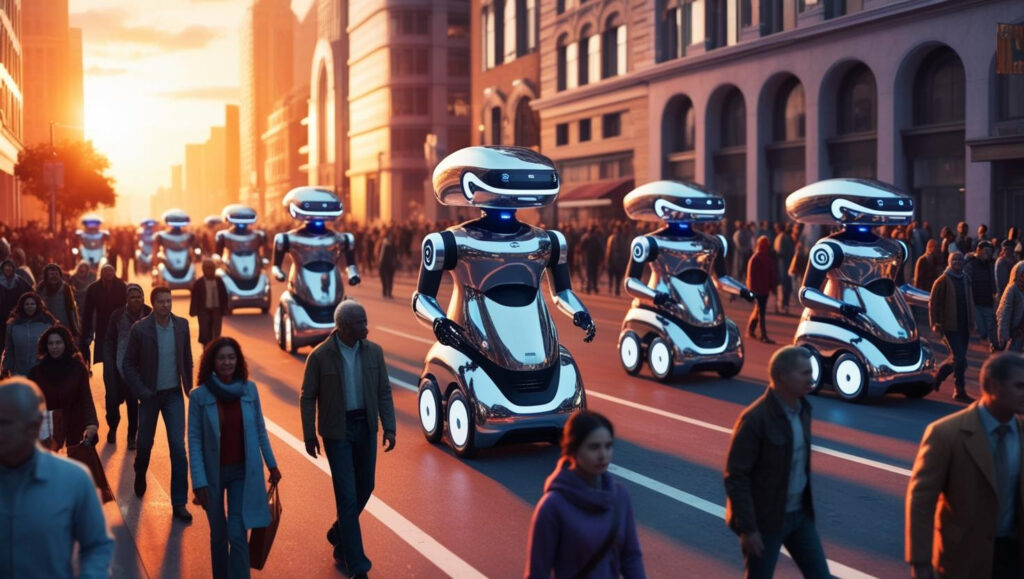The delivery robot market is undergoing a transformative phase, driven by technological advancements, rising consumer demand for faster deliveries, and increasing labor shortages in the logistics industry. As automation and artificial intelligence (AI) continue to evolve, delivery robots are becoming an integral part of last-mile delivery solutions. This article explores the key trends, innovations, and growth opportunities shaping the future of the delivery robot market.
Download PDF Brochure @ https://www.marketsandmarkets.com/pdfdownloadNew.asp?id=263997316

Key Trends in the Delivery Robot Market
- Autonomous Navigation and AI Integration
The latest delivery robots are equipped with advanced AI and machine learning algorithms that enable them to navigate complex urban environments. Companies are integrating sensors, cameras, and LiDAR technology to improve obstacle detection and decision-making, making deliveries more efficient and safer. - Expansion into New Sectors
Initially deployed in food and grocery delivery, delivery robots are now expanding into other industries such as pharmaceuticals, retail, and e-commerce. The healthcare sector, in particular, is seeing increased adoption of delivery robots to transport medical supplies, reducing human contact and improving efficiency. - Sustainability and Energy Efficiency
As companies strive to reduce their carbon footprint, many delivery robots are being designed with electric and solar-powered systems. These eco-friendly alternatives help reduce emissions and contribute to sustainable urban mobility. - Regulatory Advancements and Infrastructure Development
Governments and municipalities are recognizing the need for regulations and infrastructure to support autonomous delivery solutions. Countries like the U.S., China, and the U.K. are establishing legal frameworks to ensure safe operations while fostering innovation.
Innovations Driving Market Growth
- 5G and Edge Computing
The integration of 5G technology is enabling real-time data processing and improved communication between delivery robots and their control centers. Edge computing allows for faster decision-making and better adaptability in dynamic environments. - Human-Robot Interaction Enhancements
Companies are focusing on developing user-friendly interfaces and communication systems to improve interaction between delivery robots and customers. Features such as voice commands, touchscreen interfaces, and facial recognition are enhancing customer experience and trust. - Swarm Robotics for Collaborative Delivery
Swarm robotics, inspired by the behavior of natural swarms, allows multiple robots to work together to optimize delivery routes and handle larger payloads. This collaborative approach enhances efficiency and reduces operational costs.

Growth Opportunities in the Market
- E-commerce Boom and Contactless Delivery Demand
The rapid growth of e-commerce is fueling the demand for automated delivery solutions. Consumers are increasingly seeking faster, contactless delivery options, creating significant opportunities for delivery robot manufacturers. - Integration with Smart Cities
As smart city initiatives expand, delivery robots are expected to play a crucial role in urban logistics. Governments and private companies are investing in infrastructure to accommodate autonomous vehicles, paving the way for widespread adoption. - Partnerships and Collaborations
Strategic partnerships between robotics companies, retailers, and logistics providers are driving innovation and scalability. Collaborations help in optimizing operations, reducing costs, and accelerating market penetration.
The future of the delivery robot market looks promising, with continuous advancements in AI, automation, and sustainable technology. As industries embrace robotics to streamline last-mile delivery, the market is expected to witness significant growth in the coming years. Companies that invest in innovation and strategic collaborations will be well-positioned to capitalize on the expanding opportunities in this dynamic sector.